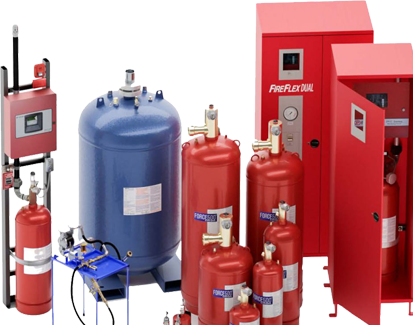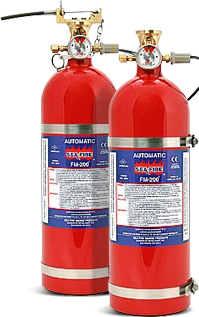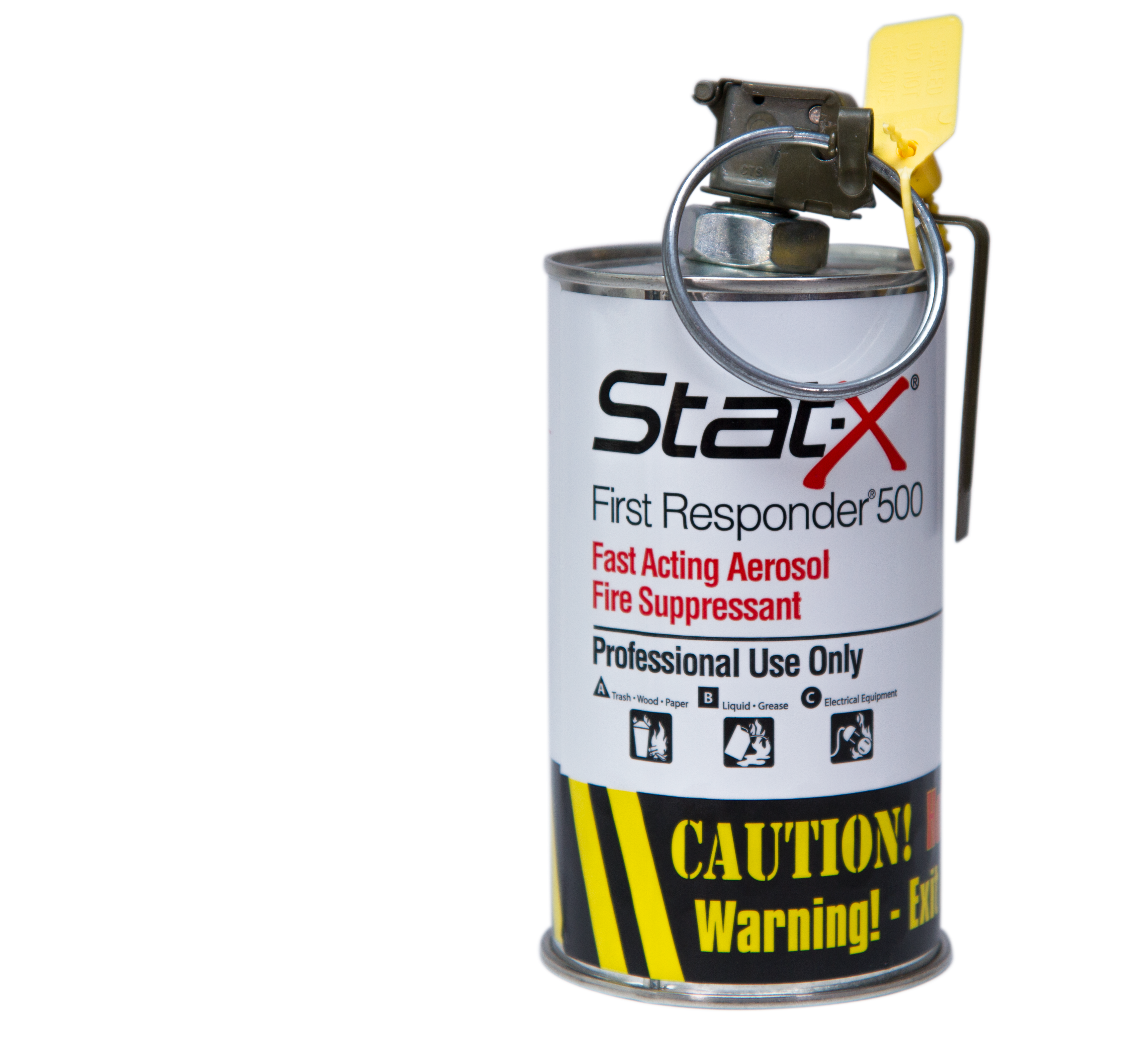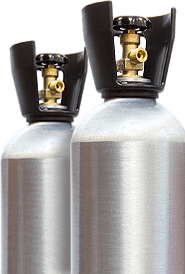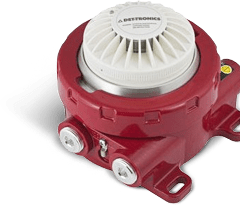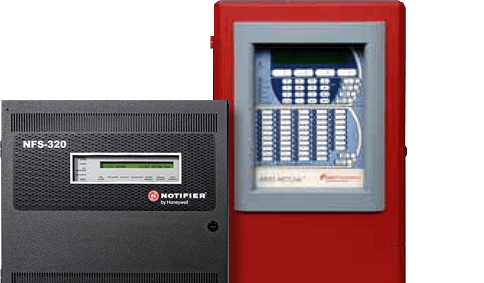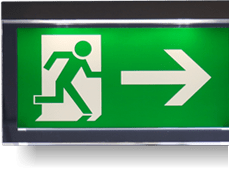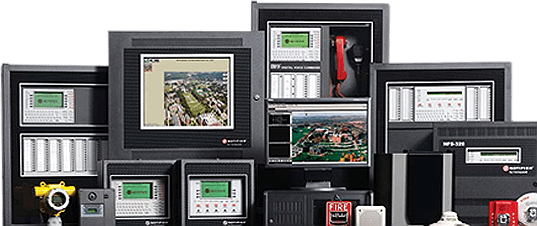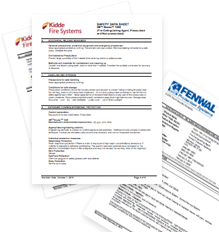Fire Safety: Extinguisher Maintenance and When to Refill Your Cylinder

Your extinguisher must undergo routine checks and maintenance in order to ensure perfect functionality. This article will outline how your extinguisher works, how to maintain the cylinder, and when to refill your extinguisher. Understanding this is instrumental when it comes to effectively controlling and extinguishing fires in your home or property.
How Do Extinguishers Work?
A fire extinguisher consists of a large aerosol can typically containing two substances: a solid, gas, or liquid substance, and a propellant. Propellants are pressurized chemicals that eject fire-fighting substances from their cylinders when the handle is pressed.
Explore further
There are four major extinguishers, and using the right extinguisher at the right time is as essential as understanding how extinguishers work. Addressing a fire with the wrong extinguisher may cause more harm than good.
- Water Extinguishers : These extinguishers are water-filled tanks using carbon dioxide or nitrogen as propellants. Water extinguishers are the most widely used type of extinguisher, helping eliminate heat from fire while cutting off the supply of oxygen.
- Foam Extinguishers : These are foam-filled extinguisher tanks using nitrogen as their propellants. Foam extinguishers work by smothering the fire, absorbing its heat. When used, the foam spreads thinly over the fire, cutting oxygen supply and containing the heat. Its heat-absorbing property is aided the water the foams contains.
- Dry Powder Extinguishers : These extinguishers contain dry powder, using nitrogen as their propellants. In this use case, dry powders help absorb heat, then melt and coat the fuel, consequently cutting off the oxygen supply and containing the fire. Dry powder is typically a mixture of chemicals, including mono-ammonium phosphate, potassium bicarbonate, sodium bicarbonate, etc.
- Carbon Dioxide Extinguishers : CO2 extinguishers have gaseous and liquid carbon dioxide in their tanks, stored under high pressure to liquify it even further. When released, the gas expands, smothering oxygen and absorbing surrounding heat when it turns from a liquid into a gas (the latent heat of vaporization).
How To Maintain Fire Extinguishers
A failing extinguisher can have devastating consequences. Therefore, you must routinely inspect and maintain its cylinder to keep it in a perfect working state. Below are a few practices to follow in order to properly maintain your cylinder:
-
Conduct Monthly Visual Inspection of Your Extinguishers
Visually inspecting your extinguishers monthly helps you:
- Ensure easy accessibility of the extinguishers
- Confirm damages, such as cracks, rusts, or dents on the cylinder
- Ensure the proper placement of the pin and tamper seal
- Confirm any damages or aging of hose and nozzles (if available)
- Confirm the gauge's needle points to the green portion of the dial, etc.
If any of these aren't as they should be, contact a professional and licensed fire extinguisher maintenance company for possible fixes.
-
Service All Extinguishers Annually
Apart from the monthly visual checks, ensure you service your extinguishers yearly - allow our experts at Control Fire Systems to handle the process for you. After servicing, ensure each extinguisher has a tag showing the last inspection and service date for proper referencing. You may need to repair or replace any extinguisher as recommended by the maintenance company used.
When To Refill Your Fire Extinguisher Cylinder
Refilling your cylinder is an important apart of fire extinguisher maintenance, ensuring the device is always available to work when you need it most. However, understanding the importance of refilling is entirely different from knowing when a refill is needed. Here are several reasons to refill your extinguishers:
- You must refill fire extinguishers immediately after each use.
- You must schedule routine refilling of extinguishers throughout their lifespan, regardless of if they have been used or unused. Such refilling typically takes place every six to twelve years from the manufacture date.
- Damages, dents, and other environmental factors may result in depressurizations. Hence, you must examine and refill your extinguishers whenever any of these is detected.
How To Refill Your Fire Extinguisher Cylinder
Having understood when to refill your cylinder, it is just as important to learn the ways to refill your cylinder when the need arises.
People also search
Generally, we recommend hiring trained professionals to recharge your fire extinguishers to ensure your extinguishers remain in perfect working condition and are filled correctly. Many commercial fire protection companies have the required training, knowledge, and tools to help you achieve this.
- Keep in mind that the steps below are a general overview of what to expect in order to help you better understand the process of refilling, rather than a detailed guide on the step by step process.
- First, completely depressurize the extinguisher. Remove the agent from the cylinder.
- Next, remove the discharge valve from the cylinder.
- Remove the siphon tube, valve stem, and sprig from the valve.
- Clean the valve and replace the valve neck while inspecting externally and internally for possible damages.
- Reassemble the valve. Ensure the new valve stem is included in the reassembling to ensure proper seating while avoiding future loss of pressure.
- Refill the empty cylinder with the extinguishing agent, whether dry powder, water, or carbon dioxide. Ensure that the refilled content conforms to the recharging instructions in the cylinder specification manual, and is appropriate for the unit's size.
- Repressurize the unit with the right pressurizing gas to the required pressure, as noted in the recharging instructions in the cylinder specification manual.
- Conduct a Leak Test (usually conducted by a trained technician) to rule out any signs of leakage.
- Reinstall the discharge hose or nozzle.
- Reweigh the extinguisher to ensure its total weight doesn't exceed allowable tolerances as specified by the manufacturer.
Understanding how to maintain and refill your fire extinguisher is essential to keeping your home or commercial property safe from fire damage. Reach out to our experts with any questions you may have when it comes to ensuring your fire safety.





